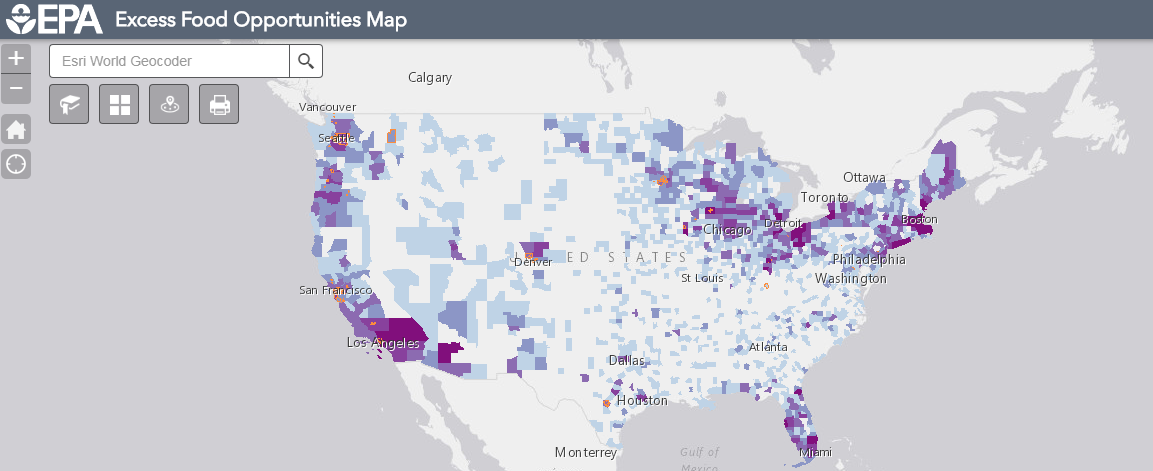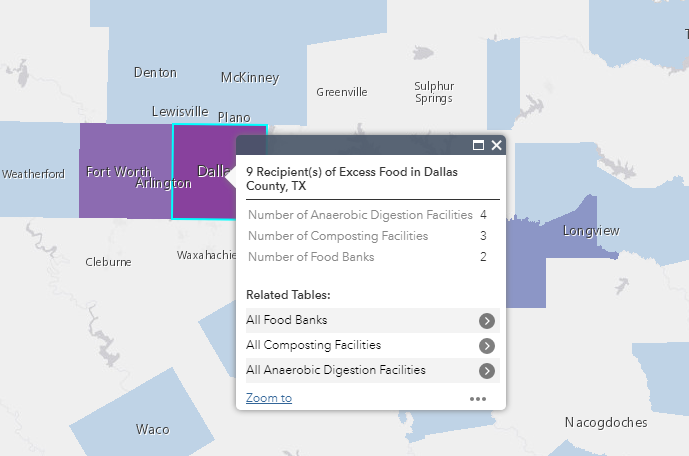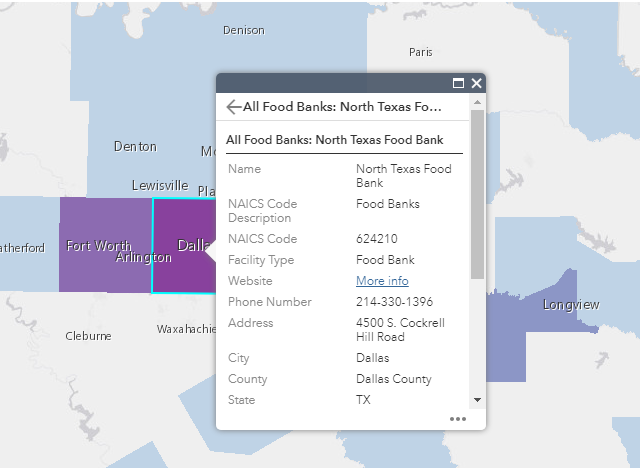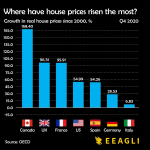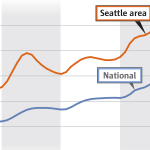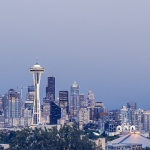Blog

Sep
What does a nation do if it has too much food? The phrase “too much food” is a bit of a misnomer. After all, too much food is actually a good thing. World hunger is alive and well. In addition, people go hungry right here in the United States due to reasons associated with poverty. This shouldn’t happen because there is an excess of food on a daily basis.
Think about restaurants that don’t sell all of their food by the end of the day. Where does that food go? Often times, it’s simply thrown out with the garbage. Other times, it’s donated. The Environmental Protection Agency has mapped out where opportunities exist to save excess food.
About the Food Opportunities Map
“The U.S. EPA Excess Food Opportunities Map supports nationwide diversion of excess food from landfills. The interactive map identifies and displays facility-specific information about potential generators and recipients of excess food in the industrial, commercial and institutional sectors and also provides estimates of excess food by generator type.”
Food banks, correctional facilities, educational institutions, composting facilities—these are some of the establishments you’ll find by exploring the interactive map. A quick glance of it shows a “heat map” of where these establishments are. There are ample establishments up and down the West Coast. On the other side of the country, Florida seems to have a good amount. Elsewhere, the Upper Midwest and stretching to the Upper East Coast show numerous establishments.
Food Opportunities in Dallas
According to the EPA’s map, there are currently nine excess food opportunities in Dallas. The photo below shows the institutions are sorted by anaerobic digestion facilities, composting facilities, and food banks. Dallas has 4 anaerobic digestion facilities, 3 composting facilities, and 2 food banks. You’ll see a similar list any time you click another area on the map.
Clicking through the facility type will show you the actual facility or food bank. For example, the North Texas Food Bank is one of them. It shows the address and phone number of each facility. The amount of food received per year is even listed. The North Texas Food Bank received 26,453.44 tons of food. That can feed a lot of people!
Goals of the Food Opportunities Map
The EPA created the map in part to let establishments know where to find these facilities. The EPA wants less food to be wasted and more excess food to be donated. They say that the “map will help you learn about potential sources of excess food in your region and potential non-landfill recipients, such as composting and anaerobic digestion facilities.”
The EPA also wants to highlight the “potential infrastructure gaps for managing excess food”. Managing excess food requires logistics to get the food to a facility where it can be donated. At a larger level, the EPA perhaps wants to highlight where a facility isn’t. If there is an area with a high amount of excess food, there should be a facility such as a food bank. That way, we can put more excess food to better use.
Featured photo by Daria Shevtsova on Pexels
EPA food opportunities map photos are screenshots by RPS Relocation

